Pony Tail Palm Size
matthardy
12 years ago
Related Stories
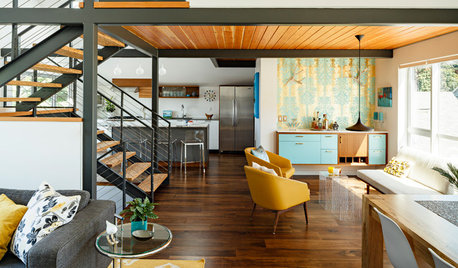
HOUZZ TOURSHouzz Tour: A Seattle Remodel Channels Palm Springs
Indoor and outdoor living merge atypically in this Pacific Northwest home, thanks to California-style updates
Full Story
HOUSEPLANTS8 Essentials for Healthy Indoor Plants
Houseplants add so much to our homes — and can thrive when grown in the right conditions. Keep these tips in mind
Full Story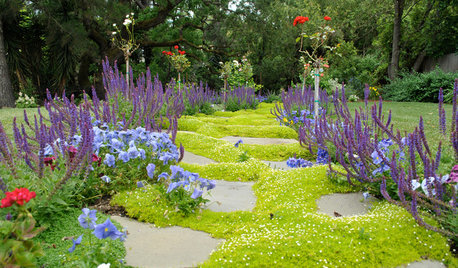
LANDSCAPE DESIGNExplore Your Garden Personality: The Whimsical Gardener
Begging exploration and drawing smiles, whimsical gardens make an art form of fun. Here’s how to keep them in balance
Full Story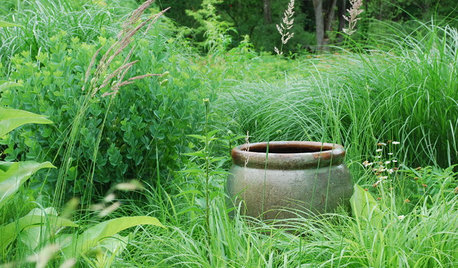
GARDENING GUIDES5 Invaluable Life Lessons From the Garden
The garden is both teacher and healer. Don't be afraid — dig in and reap the benefits
Full Story
PETSHouzz Call: Show Us Your Summer-Loving Dog!
Share a photo of your pooch kicking back in the backyard, helping you in the workshop or enjoying your favorite summer getaway
Full Story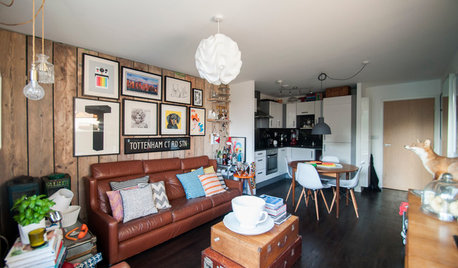
DECORATING STYLESIs Your Home Ready for a 1970s Revival?
Seventies chic is a trend that’s been brewing for some time, but this year it could hit big — with a few modern tweaks
Full Story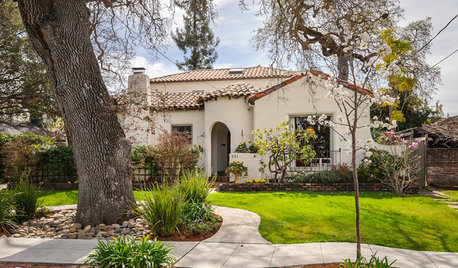
ARCHITECTURERoots of Style: Spanish Eclectic Homes Find a Place in the Sun
Flexible stucco, intricate tiles and more have kept this multicultural style going strong for a century
Full Story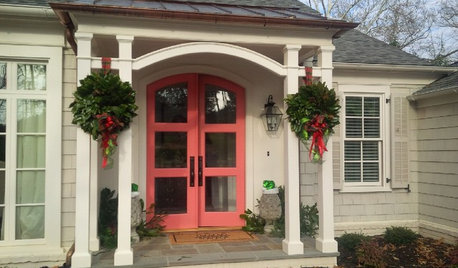
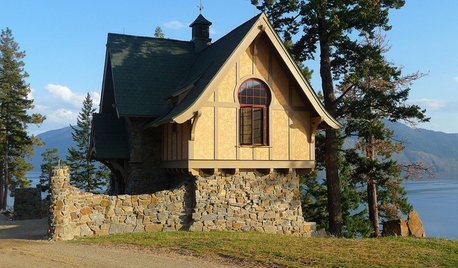
ARCHITECTUREHow to Design a Storybook Cottage
A client’s request: “Build me a house where Disney meets Tudor.” The architect explores the details that make the style
Full Story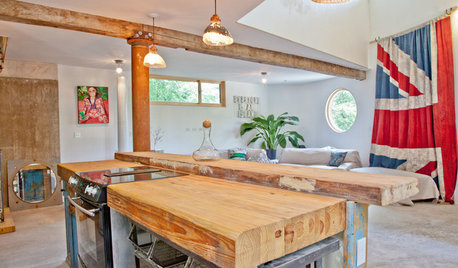
LIFEYou Said It: ‘Yikes, Tough Crowd’ and Other Quotes of the Week
Some of our favorite quotes this week came straight from the Comments section. See the stories and have your own say
Full Story








emerald1951
aseedisapromise
Related Professionals
Ballwin Landscape Architects & Landscape Designers · Kyle Landscape Architects & Landscape Designers · Elgin Landscape Contractors · Woburn Landscape Contractors · East Chicago Landscape Contractors · Hilton Head Island Landscape Contractors · Kaysville Landscape Contractors · Manhattan Landscape Contractors · Mercedes Landscape Contractors · North Potomac Landscape Contractors · Parker Landscape Contractors · Point Pleasant Landscape Contractors · Rancho Santa Margarita Landscape Contractors · Shaker Heights Landscape Contractors · Golden Valley Landscape Contractorsronalawn82
tapla (mid-Michigan, USDA z5b-6a)
aseedisapromise
tapla (mid-Michigan, USDA z5b-6a)
matthardyOriginal Author
tapla (mid-Michigan, USDA z5b-6a)